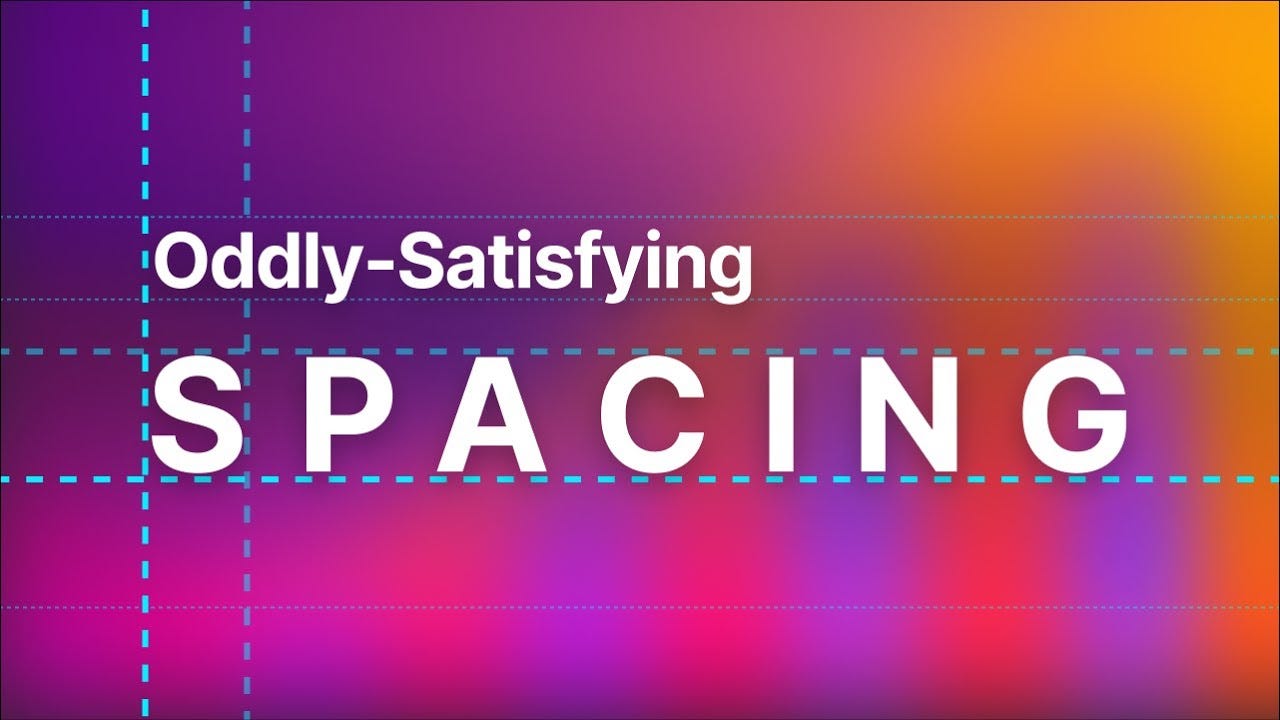77 / Lessons From My Failed Projects (And How JAM Is Different)
Don’t just build something because I think it’s cool
Hello my friend! 👋
I’ve had plenty of failed projects before I started JAM. The difference this time is that I actually used those past mistakes to guide me -- and so far, it seems to be working out.
The first big lesson: don’t just build something because I think it’s cool. I used to create projects around my personal interests without ever checking if they mattered to anyone else. For example, I once built a website where I shared AI tips and little tech experiments. I loved writing about how to build, distribute, and collect information. But the truth? Nobody else really cared. I had no idea who the site was for or who the audience was supposed to be.
With jam, I flipped the script. I validated the idea first. One of my tweets about improving spoken English blew up, and that was the signal. People actually wanted it, they engaged with it, they needed it. That became rule number one: validate first. I’ll share the other rules later.
The second big shift was thinking about monetization from day one. In the past, I’d make something just for fun and then scramble to figure out who might pay for it. This time, I built a super rough prototype, sent it to real people, and included a survey. More than half said they’d pay if it became a polished product. That was my green flag.
So yeah, JAM is basically built on the back of all my past failures. And honestly, I’m curious to see what lessons come out of this one.
It’s hitting $300 MRR in under a month - so the ride is just getting started.
Weekly goodies
How I Use 12 Words to Get 10x Better AI Answers (My Simple Prompt System)
Do you ever get frustrated with AI giving you unreliable, messy, or off-target answers? This video will show you how to fix that. I’ll share the three simple prompts—just 12 words in total—that I use every day to get accurate, logical, and perfectly aligned results from any AI model.
In this comprehensive guide, you’ll learn the core principles of effective prompting. Discover how to turn your AI into a reliable collaborator rather than just a “magic box” that gives you noise. I’ll break down the what, why, and how of using prompts like:
“Fact check this”: To turn your AI into a critical internal editor that flags shaky or nonsensical claims. This is a key principle for ensuring accuracy and transparency in your output.
“Think step by step”: To force the model to slow down and show its reasoning, leading to more structured and accurate answers. This is also known as Chain-of-Thought (CoT) prompting.
“Ask me questions to clarify”: To get your AI to collaborate with you by asking questions that can improve the final result and align it with your goals.
Don’t just use AI; learn how to talk to it. These simple principles will help you handle 80% of your tasks, from writing and coding to research and business planning.
[Ad] Build Confidence in Speaking English—Start with JAM
JAM is a one-minute speaking practice app: random topics, 60 seconds of nonstop talking, and an AI coach named Jammy who corrects you instantly and shows better phrasing. One minute a day is enough to go from “too shy to speak” to “speaking naturally.”
Newsletter readers get an exclusive bonus: 1 month free membership (worth $5). Start your 30-day challenge now, and in a month you’ll be surprised by how much smoother your English sounds.
👉 Join the challenge
Vibe Coding and the Future of Development (Alex P)
A reflection on vibe coding: AI agents execute, engineers approve. Core practices like TDD, code reviews, and CI remain essential. A notable prediction is Prompt Management Systems to version prompts, track impact on code, and tag AI‑generated sections. It also nudges designers to co‑create with AI rather than only execute.
The Secret Science of Perfect Spacing (Chainlift)
Three takeaways: what looks symmetrical often isn’t mathematically; visual weight matters; and related elements should live closer. Typography and spacing drive most of the perceived quality. The video also mentions a handy tool called Lift Kit.
Re‑post Your Old Videos to Blow Up Your Business (Ed Lawrence)
Repost proven content 6–12 months later with a new title and thumbnail, and film a fresh intro to modernize it. Optionally prune low‑retention segments based on the old retention graph. Most of your current audience never saw the original, so this is efficient reach.
Hello, I’m Bear—a product designer, UX mentor and an award‑winning bilingual podcast host, currently living in Auckland, New Zealand. I enjoy sharing insights from my work, life, and study, helping all of us grow together.
Bear Academy Newsletter is my weekly email packed with thoughts on technology, design, and productivity—featuring book breakdowns, learning tips, and career reflections. Subscribe for free at bear.academy
💬 Contact
Youtube.com/@Bearliu - A video is worth a thousand words
bear@beartalking.com - The old fashion email way
LinkedIn.com/in/bearliu - My professional life
Beartalking.com - all my posts, in English and Chinese
https://twitter.com/bearbig - Majorly I post in Chinese






